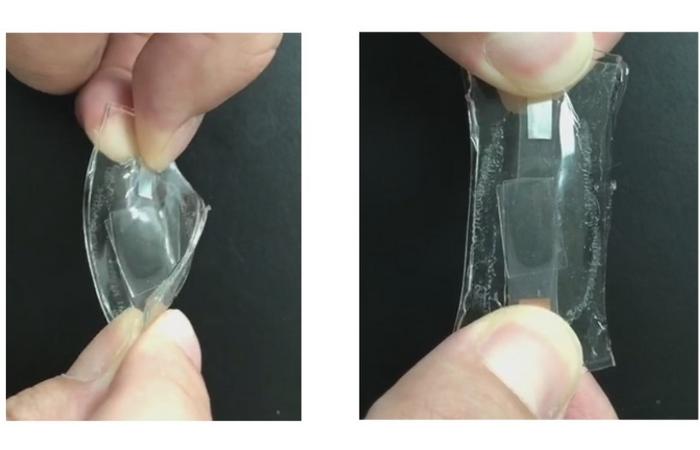Crazy New Shapeshifting Battery Can Stretch And Twist
Researchers at the Nanjing University of Posts and Telecommunications in China have created a shapeshifting battery that can be stretched upwards of 5,000 percent. The highly flexible battery could figuratively be twisted to fit any design that hardware manufacturers might need it to fit.
The battery is made up of various stretchable components, and during tests, it was able to retain its charging capacity after a total of 70 charging cycles, the researchers revealed in a press release surrounding the battery's development.
The idea behind a shapeshifting battery is to create a design that can easily shift as technology continues to evolve. Batteries are often seen as hard blocks, and they can often come in the form of very chunky pieces of hardware. However, as smartphones and other tech become much thinner, having a battery that can fit such a thin device will be necessary, too.
So, the researchers set out to create a malleable battery that they could stretch and fit to almost any design. And it seems that the experiment has finished with a good deal of success, according to the findings published in ACS this month.

Of course, the researchers acknowledge that their shapeshifting battery is still far from perfect and needs many more improvements. However, the prototype does offer a good deal of promise, especially since it can be stretched much bigger than its original length.
Additionally, the researchers say that they were able to increase the average charging capacity of the battery as much as six times that of the typical average using a liquid electrolyte, which certainly helps with the stretchability factor. However, using more solid electrodes like a polymer electrolyte did provide a much more stable operation even after over 1,000 cycles of charging.
This shapeshifting battery is likely to only be one of the first in a new field of battery types that completely revolutionize the way we power our electronics—including our smartphones. Perhaps with a battery like this, having almost paper-thin smartphones might actually be possible after all.
